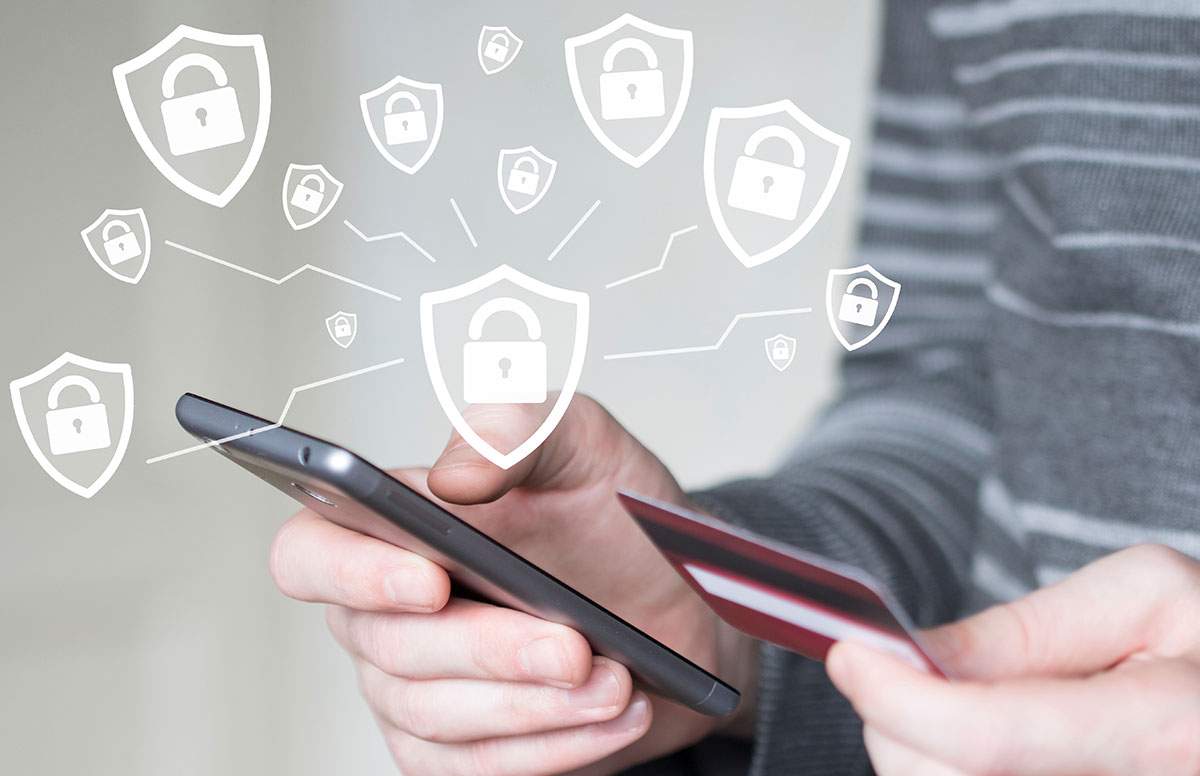What is credit card fraud and how do you avoid it?
Credit card fraud is something that everyone who has credit has heard of. But how diligent are we to avoid scams that can lead us down that path? Have we become complacent, so self-assured that our credit card insurance will cover us if someone else runs up fraudulent charges?
In this article, we’re going to look at what credit card fraud is, and how it can lead to identity theft. And finally, we’ll give you a few key steps to avoid being caught in the scam of some thief’s web.
How credit card fraud happens.
The government of Canada website describes this as:
Credit card fraud happens when someone steals your credit card, credit card information or personal identification number (PIN) and uses it without your permission to:
- make a purchase at a place of business
- make a purchase or transaction online
- make a purchase or transaction by telephone
- withdraw money from an automated teller machine (ATM)
A person can steal your credit card or credit card information by:
- going through your garbage or mailbox to find credit card statements or other banking information
- swiping your credit card through a device that copies the information stored on the magnetic stripe of your card
- hacking into the computers of companies and stealing credit card information
- installing small devices on payment terminals that record your credit card information
- phishing, that is, sending you an email that looks like it comes from a real business asking for credit card information
- asking you to use your credit card on an illegitimate website to make a “purchase”
Source: Canada.ca
A great explanation and I bet your minds are already reeling with ways to avoid this happening to you!
What’s the difference with credit card fraud versus identity theft?
Identityforce.com from TransUnion is a great resource for monitoring your identity for fraud activity, and they outline the difference like this:
Credit card fraud is a potential consequence of identity theft. Here, a thief steals your credit card information and then makes purchases in a store or online. Most credit card companies have a liability limit of $50. This means that even if a thief has charged thousands of dollars to your card, you’d likely only have to pay $50. Often, credit card companies simply wipe out any charges that are the result of fraud.
However, identity theft can involve much more than a few fraudulent charges. Identity thieves can steal your personal information to open a new line of credit, open a new credit card or obtain a false ID in your name. Unlike credit card fraud, there’s no liability limit. That means you might end up paying for all the damage caused by an identity thief.
Source: identityforce.com
In our world where online commerce is the norm, the risk for identity theft is at an all-time high. It can be devastating and can destroy people’s lives, cause them to lose their homes, and in some cases their jobs and families.
One of the reasons we strongly recommend that all people monitor their credit report regularly is so that you can see and catch any fraudulent activity with lending that may be cause to report a theft. Most monitoring services cost pennies a month and send you real-time alerts for transactions and applications made on your name against your credit – as they are happening!
How to avoid being caught in credit card fraud and possibly even identity theft.
There are great strides made in recent years to make tools for this preservation of a most precious commodity – your credit – easier than ever. Here are some tips for keeping it in your hands only:
- Password protect every account you have and ensure that you are using a secure PIN (not 1234!)
- Change your passwords and PINs from time to time.
- Use complex passwords – not birthdates, children’s ages, or anything of the sort.
- Avoid using the same PIN on every card and for every password.
- Avoid shopping online with unreputable shops, or unrecognized ones (if given the choice, use PayPal to pay, versus your credit card directly).
- Monitor your credit score regularly for unrecognized activity.
- Sign up for notifications from your financial institutions for whenever transactions are processed, you are alerted by text/email.
- Subscribe to a monitoring service that will keep an eye on your credit and your identity to ensure both remain secure.
For more information on using short term lending when you are struggling with poor or bad credit, contact us today.


